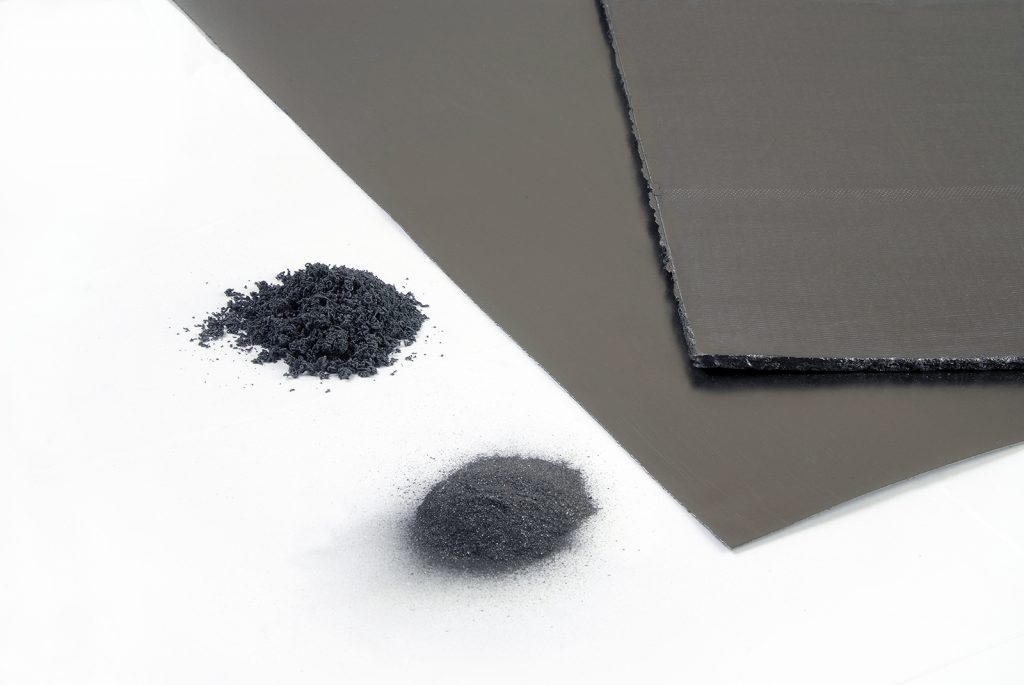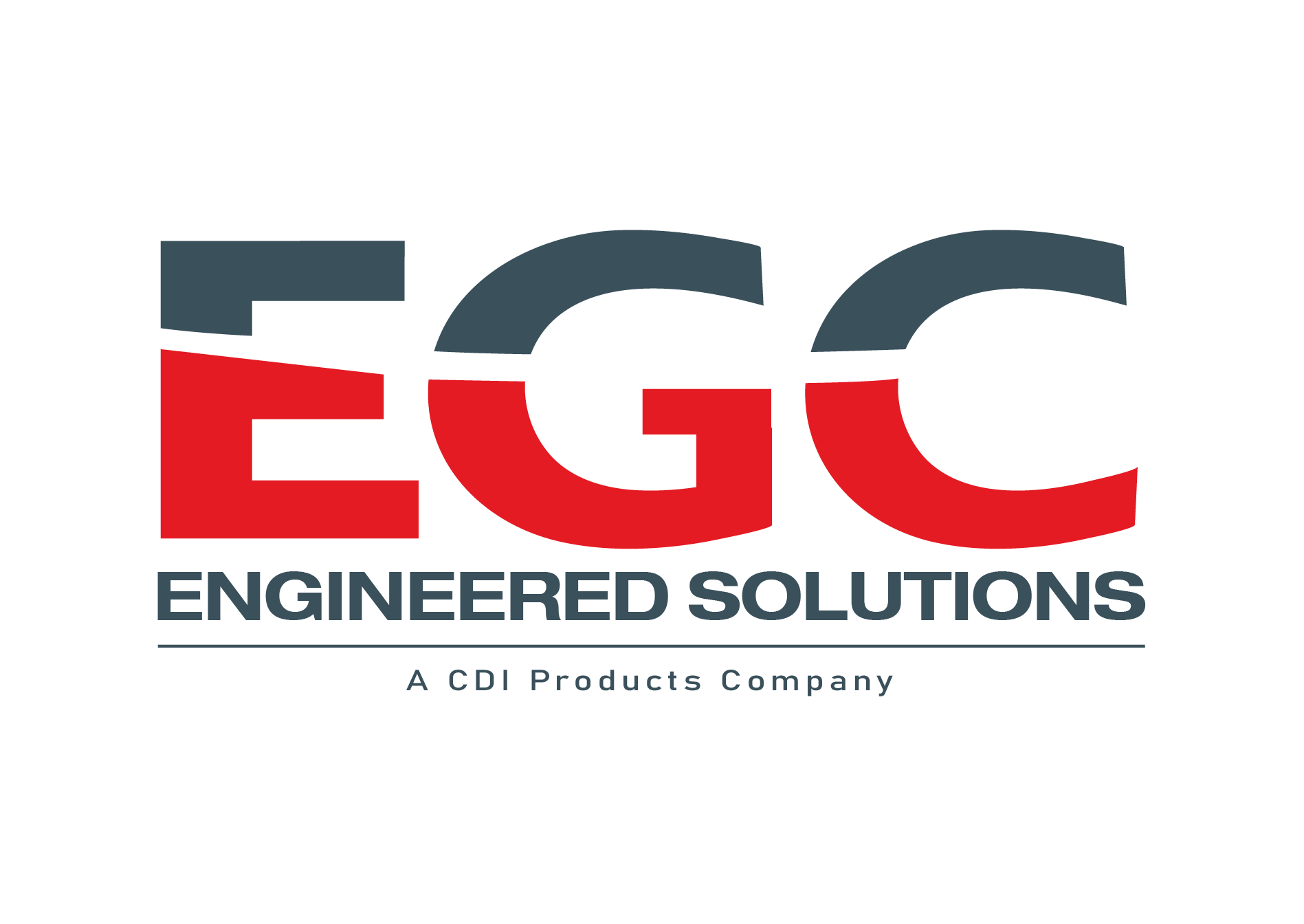We call it “flexible graphite” for a reason.

Graphite has qualities that make it a great choice for manufacturing applications. Those qualities include its reaction to extreme temperatures and its ability, given the right engineering, to be flexible.
Mineral graphite is chemically treated to enhance decomposition. This results in an 80-fold expansion over the raw material and produces a worm-like substance. The worms are then calendared into a mechanical interlocking of expanded flakes with NO binders required. The resulting product is pure graphite containing a minimum of 98% elemental carbon by weight.
Seals and gaskets can be created using two different manufacturing methods, lamination and die-molding.
Flexible graphite sheets can be laminated together with an adhesive or thermal bond. The result is increased thickness of the laminate for a gasket or seal. Laminates can be thermally treated to decrease outgassing for use in high temperature applications. Flexible graphite can also be laminated to metallic and non-metallic materials to improve handling, enhance blow-out resistance and build mechanical strength.
Engineered sealing products can be fabricated from flexible graphite sheet and roll stock. For instance, corrugated tape can be slit from rolled sheet and used for making die-molded seals. Die-molding requires that the tape be wound around a mandrel and placed in a die. Using a hydraulic press, the seal is compressed to the proper thickness and density. It offers softness and resilience which contribute to its ability to micro-seal a surface.
Looking at the application, the level of containment, the leak path and the amount of load will determine which will work best.
In the case of die-molded, it’s best to have a cavity that is completely contained and has a means for anti-extrusion. Die-molded orientation is parallel or vertical to the centerline of the product. All the pressure is on the ID and OD of the seal. So, when you apply pressure, the flexible graphite will want to flow. That’s why containment is so important.
Laminated products need not be contained. They are typically used when two flat flanges are coming together, and the sealing surface is at the top and bottom or the orientation is perpendicular or horizontal to the center of the product. Depending on the load, you can make the seal more robust by adding extra layers of stainless steel and/or flexible graphite.
Like to know more about die-molded and laminated seals and gaskets? Call us at 440.285.5835 or visit us at www.egcgraphite.com or at www.outageseason.com.
Need More Information?
To learn more, visit our main website

EGC Enterprises Inc.
140 Parker Court
Chardon, OH 44024
Phone 1-800-EGC-0211 (U.S.A. only)
or 440-285-5835
Fax 440-285-8337
Email | egc@egcgraphite.com
